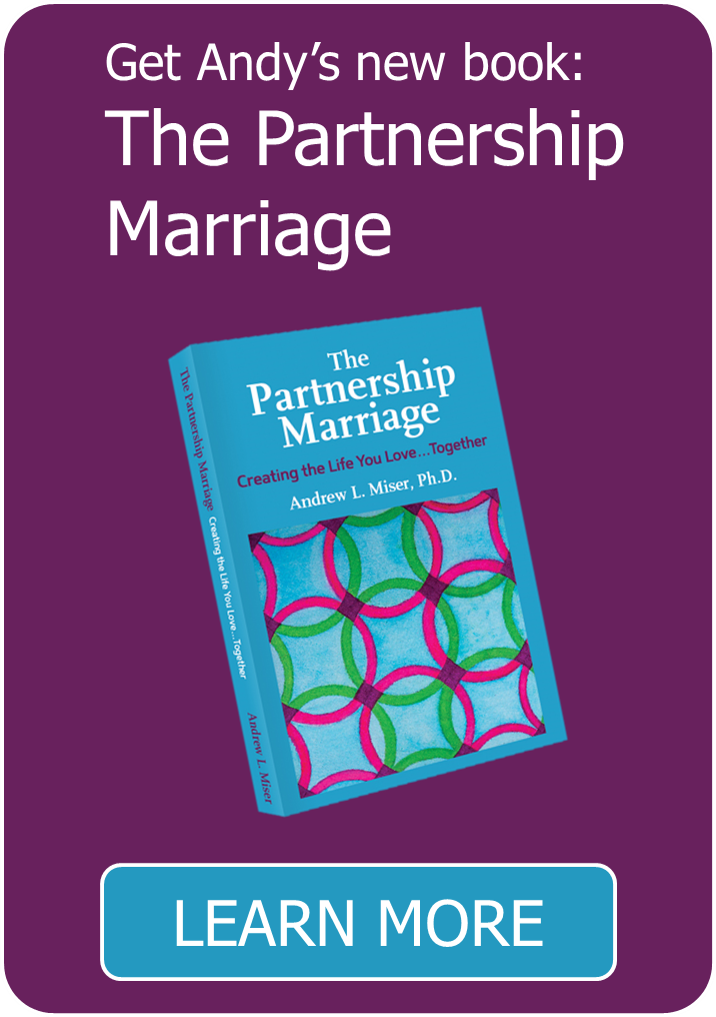Six Radical Shifts in Marriage
Marriage has been transforming over the last four hundred years. The institution of marriage has changed as a reflection of evolving human ideals and social ideas of society. Specifically, there are six radical shifts that have taken place in the evolution of the marriage since the first Europeans came to America.
- Civil marriage is invented. Civil marriage was invented in The Netherlands. When the pilgrims lived in Leiden prior to sailing to America, local justices granted marriages to many couples who were not Roman Catholics. Until then, only marriages performed by the church were considered legal. In the United States, marriage has been a legal contract between two people, traditionally between a man and a woman.
- Marriage is a personal and private choice. The Age of Enlightenment in the seventeenth and eighteenth centuries influenced relations between men and women in radical ways. In Western Europe and America, marriage was being redefined as a personal choice between a man and a woman. This freedom to choose whom one could marry was an utterly new idea. It ushered in a new realm of personal responsibility for the state of marriage. This choice was a personal and a private choice that replaced arranged marriage as an economic or political tradition.
- Couples marry because they love each other. With men and women being able to choose whom they could marry, another new and very radical idea began to take hold. Couples began to marry for one simple little reason: They loved each other. Couples had new challenges now that they were marrying on the basis of love. For a marriage to be successful, a couple was responsible for keeping their connection alive over time and experiencing an enduring love for each other.
- Marriage is redefined on the basis of equality. Marriage in the 1970s was redefined as a legal entity between two equal partners (Coontz, 2005). Legal precedents of this period forced a societal re-examination of the roles of men and women in marriage. Many couples attempted to establish more equitable arrangements at home around accountability for household and parental responsibilities. More and more couples today want to create their marriages in the spirit of equality, fairness and choice.
- Married couples want to grow individually and together over time. Since the advent of the human potential movement in the latter part of the twentieth century, both men and women want to develop themselves personally and fulfill their life goals inside of marriage. Most couples recognize that they must continually grow and develop throughout their life together or their marriage will stagnate. Today, that requires a commitment from both partners to support each other’s personal and professional growth as well as that of their marital relationship.
- Marriage is a right of all people, regardless of sexual orientation. In the last twenty years, a vast number of Americans now see marriage as a right for all people, regardless of sexual orientation. It is only a matter of time before marriage rights will be extended legally to all same-sex couples. The societal conversation for marriage as a legal right for all people is fully underway and is likely to have important ramifications for years to come.**
These six radical historical shifts have transformed marriage over the last four hundred years. Today, we take for granted that you have the right to choose your lifelong marital mate. No one else can make that choice for you. Also, culturally, we know that the vast majority of couples who do marry do so on the basis that they love each other and that their commitment to marriage requires a love that lasts a lifetime. Today, increasingly, two persons who join in wedlock conceive of themselves as true equals, in other words, as having an equal and equitable contribution to the health and vitality of their marriage. Also, both individuals, more than any time in history, see their marriage as an arrangement that must allow for the growth and development not only of each person, but also of the couple’s relationship. And finally, more and more Americans are recognizing that civil marriage is a legal right that should be extended to every citizen, regardless of sexual orientation. These historical shifts in human values and ideals have shaped the institution of marriage, as we know it today.
Reference
Coontz, S. (2005). Marriage, a history: How love conquered marriage. New York, New York: Penguin Books.
**Same-sex marriage became legal in the United States on June 26, 2015, when the Supreme Court struck down all state bans on same-sex marriage in all fifty states. The Supreme Court also required all states to honor out-of-state same-sex marriages.
Posted in Partnership Marriage

